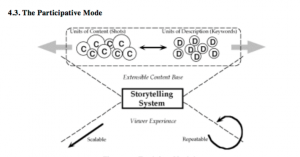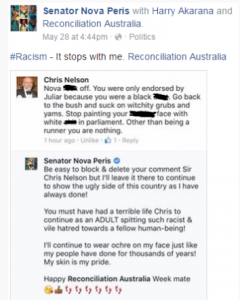MEDIA 6 – Reading Discussion – Week 6
This weeks readings discussed the theory of five minds to have for the future. The kind of minds are as follows:
The Disciplinary Mind (mastery of a major school of thought)
The Synthesising Mind (ability to combine different disciplines into a whole and communicate to others)
The Creative Mind (capacity to come up with solutions and answers)
The Respectful Mind (appreciation for differences in the human race)
The Ethical Mind (fulfilment of one’s responsibilities as a worker and citizen)
The author writes about how these type of mindsets will be beneficial in an environment that is constantly changing. He also discusses how these mindsets can effect efficiency and productivity in the workplace. Most people strive to acquire knowledge to make their lives better and education is often critical to pursue a worthwhile career. In regards to the disciplinary mind, I find myself discontent being stuck in a warehouse driving a forklift all day and listening to managers that don’t have any idea how to actually manage. So I decided to become more educated and evolve my disciplines so I am not stuck in a warehouse doing the same menial tasks for the rest of my life. This reading gave me encouragement to keep persisting with developing new skills to achieve job satisfaction. Some of my skills will also become inferior when the work becomes replaced by new technology. So I had to get creative to avoid this foreseeable problem in the future.
The reading also talks briefly about globalisation and how the process is weakening individual states. It talks about how our schools are still educating for the world of the past rather than the future. We haven’t figured out how to prepare young people to survive and thrive in the future world. I’m not a fan of globalisation and evidence shows that the consequence has been the disappearance of a middle class. Current politics are seeing a shift against globalisation which is evident with Brexit and the rise of Corbin, Sanders and Trump. Nationalism has become a popular notion, especially when governments are negotiating global agreements in secrecy which exclude the citizens taking participation like the Trans Pacific Partnership. So how can you prepare the right form of education in this current climate? There is no easy answer. With the current form of global politics it appears that if you don’t get a decent education, you can join the working class and be completely left behind.

